Publication
Disseminating a Written Message to a large number of people
Apologies for the delay. I had meant to post this as a follow-up to Communication but became caught up in finishing The Crystal Palace while simultaneously becoming side-tracked in yet another hobby: making hand-bound books. Both are under control now, and the posting can continue.
Publication began as soon as language evolved and humans acquired the ability to beat papyrus into flat sheets, but for the purpose of this post, we’ll start with the Gutenberg Press. Printing, and printing presses, had long existed by the time Gutenberg came along in the 1400s, but his invention of Movable Type made the process faster, cheaper, and a hell of a lot easier.

And so, we got the Gutenberg Bible. It was relatively inexpensive—compared to hand-lettered manuscripts or block-printed books—and soon found its way into the hands of ordinary people, which threatened the strangle-hold the Church held over the public and started a cultural revolution. From there, we have an unbroken line of succession to SnapChat.
The Printing Press—though modified and modernized—remained the primary means of publication for hundreds of years, and almost any determined individual could acquire one and learn to use it. You did, however, need to be very determined, and have access to a bit of cash, but they were popular with revolutionary thinkers, who set them up and churned out pamphlets faster than the governments of the day could smash them to bits.
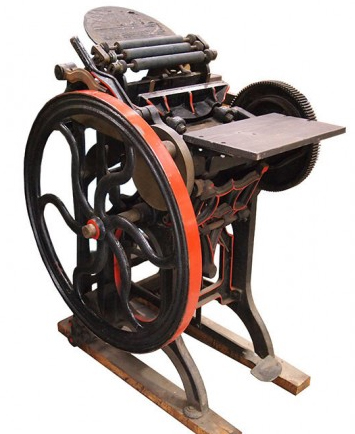
The next revolution—the Mimeograph—is where I joined the fray. Cheaper, easier to use, and with a smaller footprint than a printing press, a mimeograph machine (also called a Gestetner, but that was a brand name, like Xerox) could be found in every business, school supply room, and church admin office in the free world, and almost every quiz, informal lesson, or church newsletter I encountered in the 1960s and 70s came from a mimeograph.
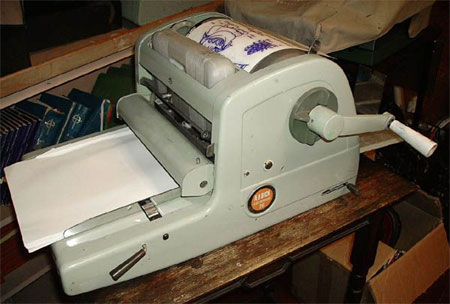
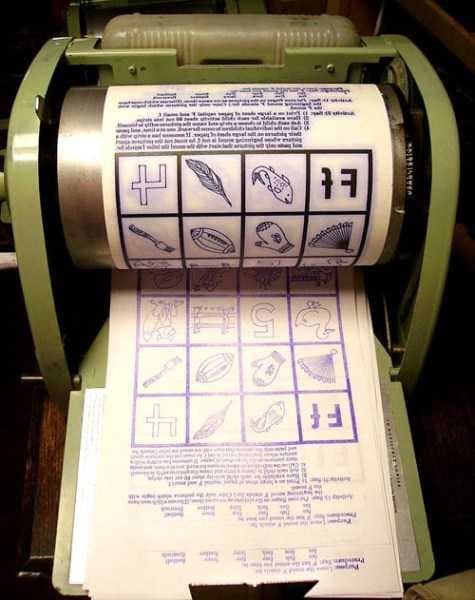
In the 70s, the cult I was in and the church I attended both had mimeograph machines, and I was in a position to use them myself. The process involved typing onto a carbon-paper type sheet, and I think I need to stop there and back-track a bit.
I have mentioned typewriters before, but I have never gone in-depth with them, and it occurs to me that young people today may have never actually seen one. If so, here’s a quick primer:
Although prototypes existed as far back as 1575, the typewriter didn’t come into its own until it was standardized in the early 1900s. But once it took hold, it became ubiquitous. So much so that the QWERTY keyboard has migrated from typewriters to computers, to tablets, to SmartPhones, and will likely be around forever, despite it having been designed to make typing more difficult. This came about because the fast typists of yesteryear were so proficient that the keys on the manual typewriters used to get tangled. Arranging the keys into the QWERTY design slowed them down so the keys had enough time to tap the platen and fall back before the next one arrived.
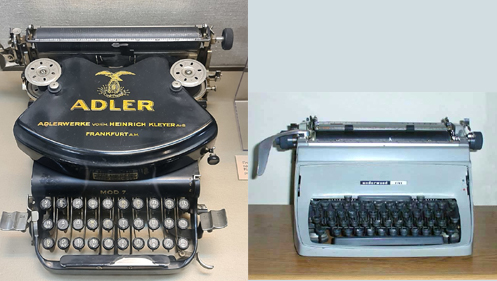
As for carbon paper, that is a sheet of film with ink on one side. You sandwich it between two sheets of paper, put it into the typewriter and type. Whatever you type will then appear on the second sheet of paper. Or on the back of the top sheet, if you put it in backwards, like I always seemed to do.
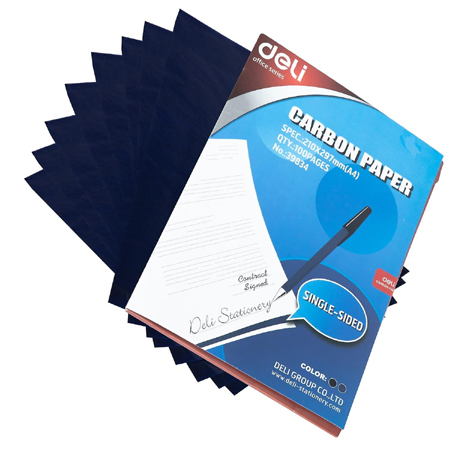
That was how you made copies before photocopy machines were invented, and it was how you set up the mimeograph. The sheet for the mimeograph was typed on, or drawn on, and attached to the drum. Then chemicals and ink became involved. I don’t recall how it all worked, but it couldn’t have been too complicated because I managed to master it. Once set up, you cranked the handle and page after page after page rolled out. It was, for the time, amazing. And the papers had a distinctive smell that still evokes early school days. They should bottle it.
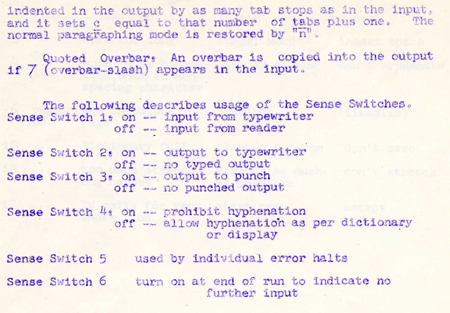
I wish I could show you what it smelled like.
Photocopiers were around in the 1960s, but they were large and expensive and only businesses could afford them, or need them. The office I worked in got one around 1978. I know this because that’s how I got the idea, and the ability, to start publishing The Rap, an unofficial, in-house, newsletter.
I wasn’t alone. A lot of people who had something to say (or thought they did) were suddenly afforded the opportunity to quickly and economically print their thoughts. And they grabbed it with both hands. My own offering was, naturally, seen by management as dangerously subversive, and the next few years (this went on until 1986) were a cat-and-mouse game wherein I printed the newsletter and they tried to stop it circulating around the office. It was pretty humorous, even if it did almost get me fired.
Throughout the 1980s and into the 90s, the photocopy machines (everyone called them Xerox machines) were the solution for cash-strapped provocateurs and wannabe authors. Then, in the 1990s, came computers, which were even cheaper, and allowed you to reach an ever-wider audience. At the same time, POD (Print On Demand) printing became available, as well as Electronic Books (Ebooks), and suddenly anyone with an Internet connection could become a publisher.
And that is where we sit today. Or, where I sit, writing my blogs and publishing my books.
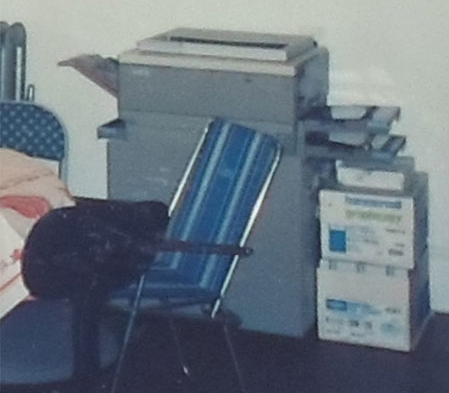
fortune and weighed a ton, but I found it very handy.
There were five-hundred years between the invention of movable type and the mimeograph. Fifty years later, mass publication was in the hands of every man, woman, child, clever household pets and, for all I know, dolphins. And just a few years on from that, the tyranny of text was forever broken. These days, you don’t need keyboard skills to get your ideas across. There are podcasters, Tik-Tok stars, and YouTubers providing music, education, information, and conspiracy theories, as well as posts, tweets and self-published books. I admire them, their talent, and dedication, but I do not wish to emulate them.
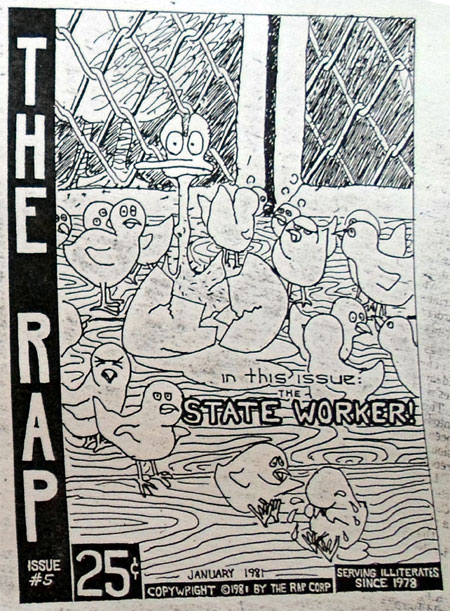
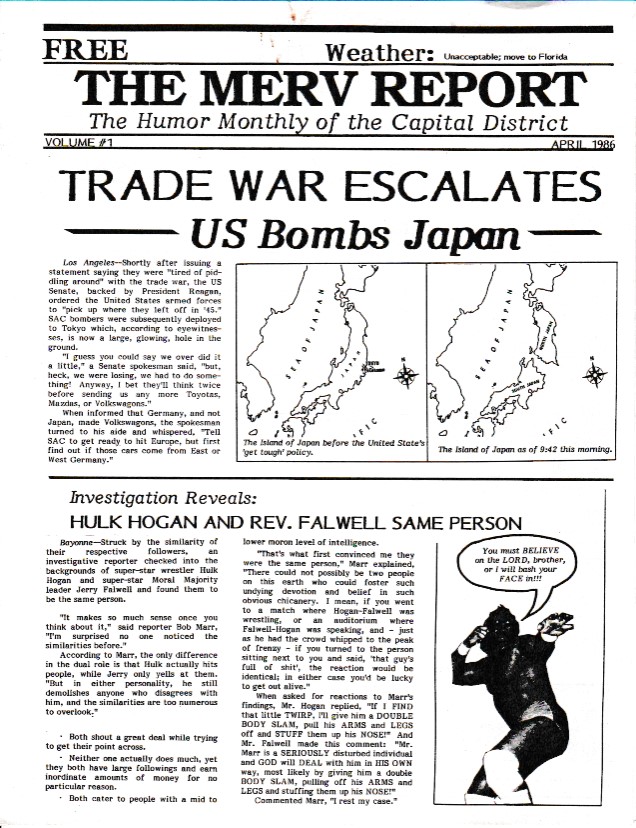
The RAP, and its follow-up publication, The MERV Report
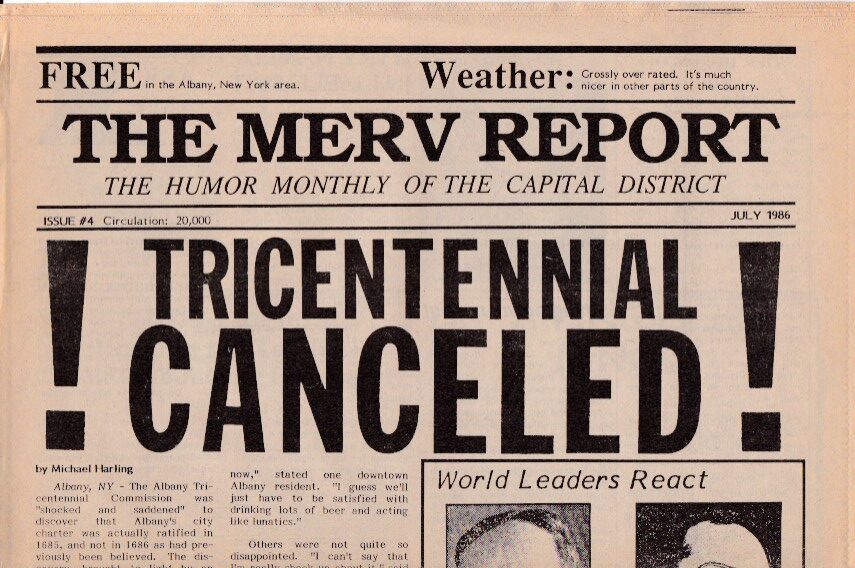
As noted in the previous Communication post, it is a brave new world that is leaving me behind, but I remain content with my blogs, and books, and ever so grateful that I took a typing class in high school.
2 Comments
Karen Jones
Pender High Newspaper staff, writer, crossword puzzle creator, mimeograph typist & printer whose parents gave her an IBM electric portable typewriter…manual carriage, go figure, for my 15th birthday, I think..Only you, Michael, can remember 1966 clearly! Wore that baby out! Finally abandoned in 2004 when we moved o Oregon. Meanwhile, worked as a graphic designer for a secretarial service that had desk with a built in Selectric one line viewer: typed onto a cassette tape. He owed me money, so I typed my hubby’s Master’s thesis and the boss retyped for real. Friend who worked for Pitney Bowes had access to giant copier….
Acquired our first amdeck? computer in 1984. First IBM Pro Printer: both continuous feed and first single sheet printer!!!!! No typing class, and could still tangle up QUERTY keyboard .
Thank you for the walk down memory lane!!!!!
MikeH
Ah, continuous feed printer paper. The younsters will never know the joy of fan-folded dot-matrix print 😉